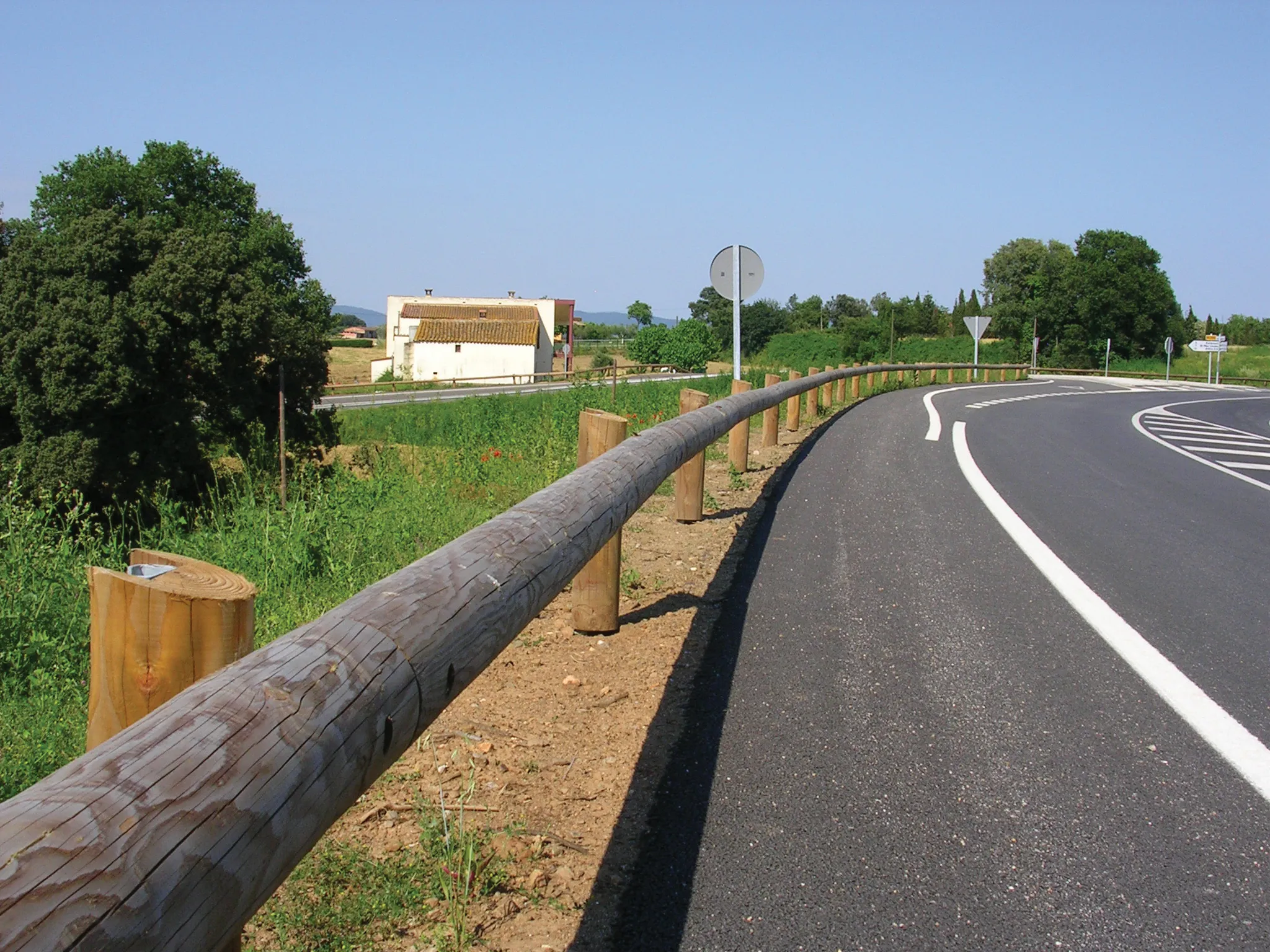Every tenth car accident in Germany, Austria and Switzerland relates to driver distraction, according to a new survey. Further findings of the survey titled ‘Distraction in Traffic’ by the ACT Allianz Center for Technology in Munich, Germany found that more than 25% of drivers work on their styling, clothing and body care behind the wheel. People are particularly prone to engaging in body care while driving to work. Altogether 27% of respondents to the survey admitted to sometimes doing one or more of these
June 1, 2012
Read time: 1 min
Every tenth car accident in Germany, Austria and Switzerland relates to driver distraction, according to a new survey.
Further findings of the survey titled ‘Distraction in Traffic’ by the ACT Allianz Center for Technology in Munich, Germany found that more than 25% of drivers work on their styling, clothing and body care behind the wheel. People are particularly prone to engaging in body care while driving to work. Altogether 27% of respondents to the survey admitted to sometimes doing one or more of these activities while driving.
The findings of the three-nation representative research, conducted together with the Institute for Applied Psychology (Mensch-Verkehr-Umwelt) and Makam Market Research, concluded that all distractions behind the wheel contribute more frequently to the likelihood of accidents than previously assumed.
Further findings of the survey titled ‘Distraction in Traffic’ by the ACT Allianz Center for Technology in Munich, Germany found that more than 25% of drivers work on their styling, clothing and body care behind the wheel. People are particularly prone to engaging in body care while driving to work. Altogether 27% of respondents to the survey admitted to sometimes doing one or more of these activities while driving.
The findings of the three-nation representative research, conducted together with the Institute for Applied Psychology (Mensch-Verkehr-Umwelt) and Makam Market Research, concluded that all distractions behind the wheel contribute more frequently to the likelihood of accidents than previously assumed.







